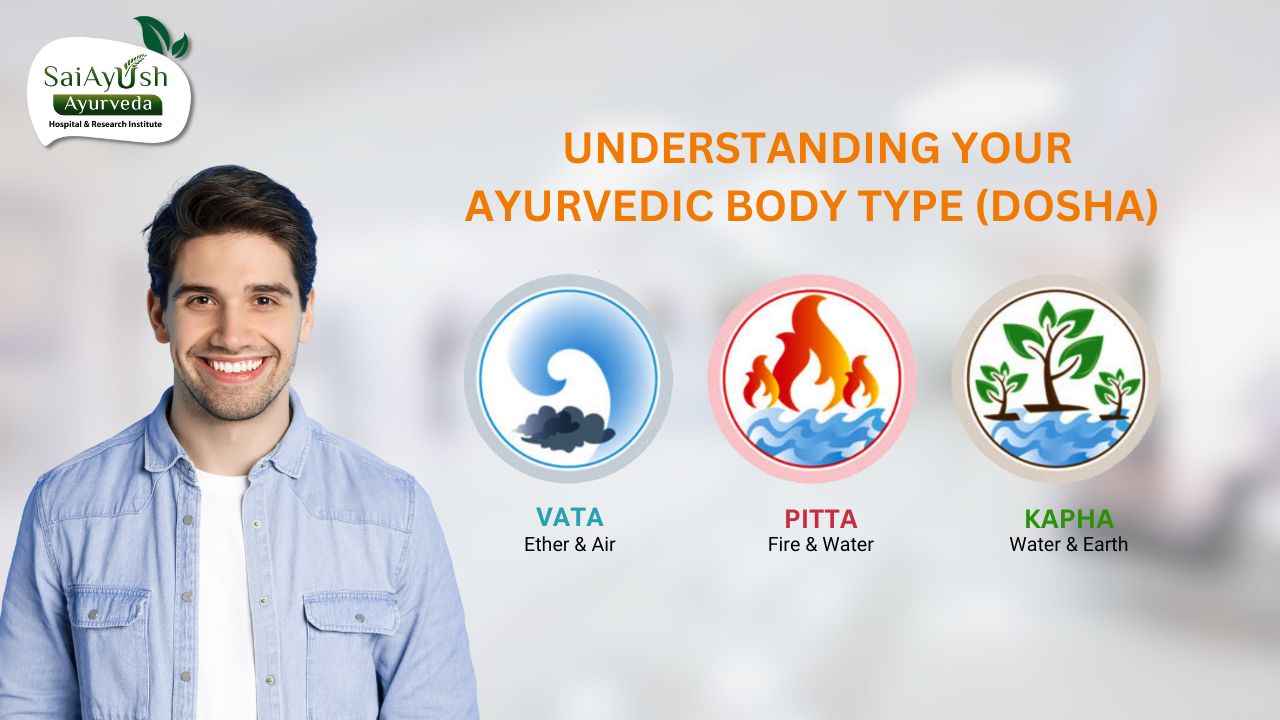Tridosha in Ayurveda – Vata, Pitta, And Kapha
Welcome to my blog, where we embark on a journey of self-discovery and understanding our unique Ayurvedic body types, also known as doshas. In this article, we’ll delve into the world of Ayurveda, an ancient holistic healing system, and explore how knowing your dosha can help you achieve optimal health and wellness.
What are Doshas?
In Ayurveda, doshas are the three fundamental energies that govern our physical and mental well-being. They are Vata, Pitta, and Kapha, and each person has a unique combination of these doshas, which determines their body type and personality traits.
Discovering Your Ayurvedic Body Type
To determine your Ayurvedic body type, it’s essential to assess your physical and mental characteristics. There are various online quizzes and self-assessment tools available that can help you identify your dominant dosha. Alternatively, consulting with an Ayurvedic practitioner can provide a more accurate assessment.
The Three Doshas: Vata, Pitta, and Kapha
Vata:
Characteristics: Creative, energetic, and prone to anxiety.
Physical traits: Thin build, dry skin, and cold hands and feet
Balancing practices: warm and nourishing foods, regular self-care
Pitta:
Characteristics: Ambitious, focused, and easily irritated.
Physical traits: Medium build, warm body temperature, and strong digestion.
Balancing practices: Cooling activities, meditation, calming environments
Kapha:
Characteristics: Nurturing, calm, and sometimes lethargic.
Physical traits: Larger build, oily skin, and slow digestion
Balancing practices include regular exercise, stimulating foods, and mental stimulation.
Balancing Your Doshas for Optimal Health
Maintaining a balance among the doshas is crucial for overall well-being. Here are some general tips to help you achieve and maintain balance:
- Follow a dosha-specific diet: Eat foods that pacify your dominant dosha while minimizing those that aggravate it.
- Practice daily self-care: Incorporate practices like oil massages, yoga, and meditation into your routine to promote balance and relaxation.
- Establish a routine: Stick to a regular sleep schedule, meal times, and daily activities to provide stability and grounding.
- Create a harmonious environment: Surround yourself with calming colors, scents, and sounds that align with your dosha.
Ayurvedic Practices for Each Body Type:
Vata:
Diet: Warm and grounding foods like cooked grains, vegetables, and nourishing soups.
Exercise: Gentle exercises like yoga, walking, and swimming to promote stability and relaxation.
Daily routine: Stick to a consistent schedule, including regular mealtimes and sleep patterns.
Self-care: Practice oil massages with warm sesame oil and engage in calming activities like meditation and deep breathing.
Pitta:
Diet: Cooling foods like fresh fruits, leafy greens, and cucumber to balance the heat.
Exercise: Engage in moderate-intensity activities like biking, hiking, or dancing to release excess energy.
Daily routine: Allow for regular breaks and downtime to prevent burnout and manage stress levels.
Self-care: Practice calming rituals like aromatherapy, taking soothing baths, and practicing mindfulness.
Kapha:
Diet: Light and stimulating foods like spicy dishes, steamed vegetables, and herbal teas.
Exercise: Engage in vigorous activities like running, aerobics, or weightlifting to increase energy levels.
Daily routine: Incorporate variety and stimulation into your daily schedule to prevent stagnation.
Self-care: Practice dry brushing, use invigorating essential oils, and engage in mentally stimulating activities.
Conclusion
Understanding your Ayurvedic body type, or dosha, is a valuable tool in achieving optimal health and wellness. By identifying your dominant dosha and implementing dosha-specific practices, you can create balance, harmony, and vitality in your life. Embrace this ancient wisdom and embark on a personal journey to discover your unique path to wellness.
Discover the healing power of Ayurveda with our latest article at Sai Ayush Ayurveda Hospitals! Dive into the age-old wisdom that can rejuvenate your body and mind. Click here to read more:



